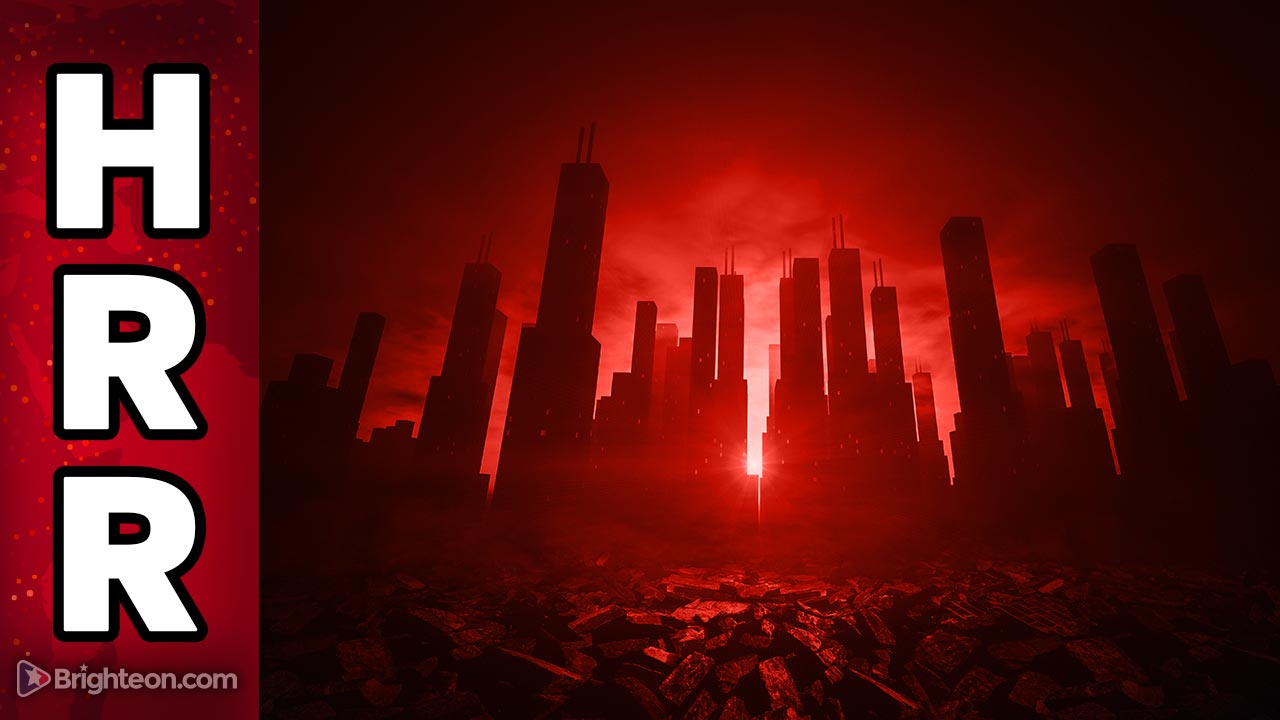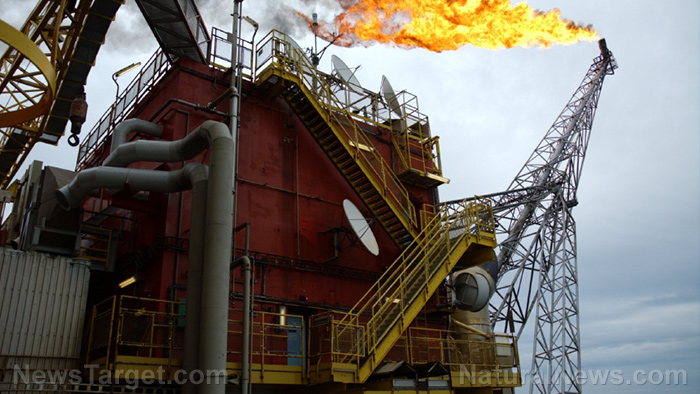New South Wales premier upholds construction ban as part of two-week lockdown in Greater Sydney
07/23/2021 / By Nolan Barton

New South Wales Premier Gladys Berejiklian on Wednesday, July 21, upheld the building industry shutdown despite calls from unions and Business NSW to end the ban early.
The construction ban was part of the wider and stricter Wuhan coronavirus (COVID-19) restrictions in Greater Sydney, including Fairfield, Canterbury-Bankstown and Liverpool local government areas, the Central Coast, Blue Mountains and Wollongong. As of Wednesday, lockdown restrictions also apply to the Blayney, Cabonne and Orange local government areas in the central west of the state.
Lockdown restrictions in those areas are in place until July 30. (Related: Australia announces beginning of ‘New World Order’ as harsh COVID lockdowns imposed.)
During the lockdown, people cannot leave their homes except when shopping for food or other essential goods and services; getting medical care or compassionate needs, including getting a COVID-19 vaccine; exercising outdoors in groups of two; and going to work or school if you cannot work or study from home.
250,000 tradesmen forced to stop ongoing works
On Monday, July 19, all construction sites across Greater Sydney were forced to close for two weeks to reduce transmission of the highly-contagious Delta variant. About 250,000 tradesmen have been forced to stop ongoing works because of the shutdown that is costing the NSW economy $1billion a week.
Drone footage above Sydney’s central business district has shown empty worksites as work on everything – from apartment buildings to residential constructions – has ground to a complete halt.

Building bosses have revealed the debilitating toll the city’s COVID-19 construction ban has taken on their workers. Industry giant Multiplex alone has shut five sites across Sydney, affecting the livelihood of more than 2,000 construction workers.
South-west Sydney building supplier Luke Caridi said he had lost 90 percent of his clients because of the shutdown, leaving him no choice but to put most of his 24 workers on annual leave.
“I’m stressed, but I’m more stressed for my staff,” said Caridi, the general manager of Sefton-based Sand4U. “It’s not just the financial side it’s the mental side. These people are used to turning up for work and now they don’t have that.”
He said in a normal working week he would send 1,000 tons of building supplies to his clients, which include some of the country’s largest firms such as Meriton and Parkview.
Tradesmen at risk of losing job because of lockdown
CJ Construction in Lilli Pilli in Sydney’s south may have to lay off staff if the ban is extended beyond the end of the month. “There’s a lot of tradies out here that work and live week-to-week. If it goes on for too long I’d have to pull the pin, and say I can’t afford to keep you,” the firm’s owner Clinton Hood said.
Business NSW CEO Daniel Hunter has called for the state government to end the industry shutdown a week early “in a safe but reduced way.”
“It will give those businesses without a proper COVID-safe plan time to develop one, and give an opportunity for businesses to order and receive materials in time for a recommencement of trade,” he said.
JP Morgan economists estimate that Greater Sydney accounts for 70 percent of construction in NSW. They estimate that for every month the restrictions are in place, economic growth will slow by 0.5 percent. (Related: Locked down under: Nearly 12 million Australians forced to stay at home to comply with yet more covid hysteria.)
Berejiklian wants human interactions to stop
Berejiklian has defended the decision to shutdown construction sites.
“Having the risk of thousands and thousands of people being mobile at the one time, many of them coming from communities that have had cases, was too big a risk,” she said. “We know any form of human interaction is spreading the disease and that’s why we just need to stop that human interaction.”
There have been 1,528 cases and five people have died as of Wednesday since the Greater Sydney outbreak began on June 16.
Lockdown may exacerbate the spread of COVID in some areas
The lockdown may not work as intended, particularly in south-west Sydney.
That’s because multigenerational homes have been on the rise for many decades and have almost become the norm in south-west Sydney – sometimes by cultural choice, sometimes by economic necessity.
The rates of overcrowding – a form of homelessness – are much higher in the area. This is a living situation where three additional rooms are needed to house a family comfortably, according to international standards.
Homelessness in south-west Sydney significantly increased between the 2011 and 2016 census: in Canterbury-Bankstown by 86 percent, Fairfield 61 percent and Liverpool by 36 percent. Experts say that is only likely to rise in the upcoming census.
Auburn had the highest rate of overcrowding while Canterbury, Fairfield and Merrylands-Guildford also recorded high rates of overcrowding.
Public health expert and University of Sydney professor Julie Leask, who has worked in south-west Sydney for years, said it was “public health 101” that a person’s living situation was one of the biggest determinants of virus containment.
Government officials like Berejiklian may need to address housing problems in their jurisdictions first before enforcing lockdowns. They will need the building industry to do that.
Follow Pandemic.news for more news and information related to the coronavirus pandemic.
Sources include:
Submit a correction >>
Tagged Under:
building industry, construction ban, coronavirus, covid-19, COVID-19 restrictions, COVID-19 vaccine, Greater Sydney, housing problem, lockdown, multigenerational home, overcrowding, pandemic, shutdown, tradesmen, virus containment
This article may contain statements that reflect the opinion of the author
RECENT NEWS & ARTICLES
COPYRIGHT © 2017 COLLAPSE.NEWS
All content posted on this site is protected under Free Speech. Collapse.news is not responsible for content written by contributing authors. The information on this site is provided for educational and entertainment purposes only. It is not intended as a substitute for professional advice of any kind. Collapse.news assumes no responsibility for the use or misuse of this material. All trademarks, registered trademarks and service marks mentioned on this site are the property of their respective owners.





















